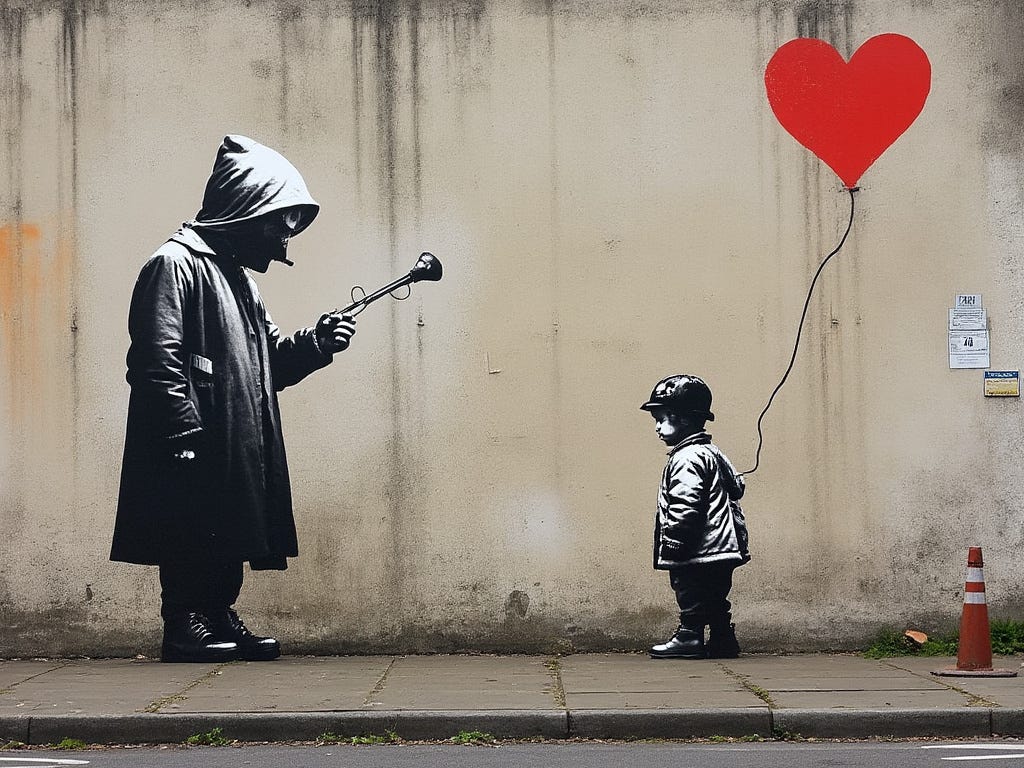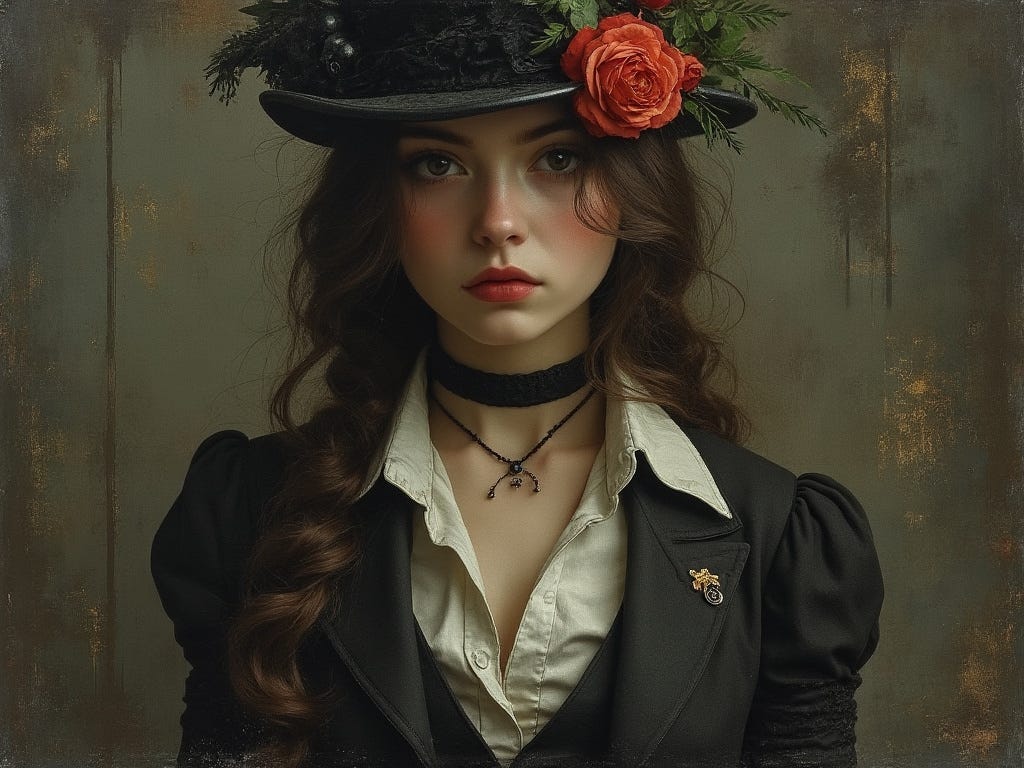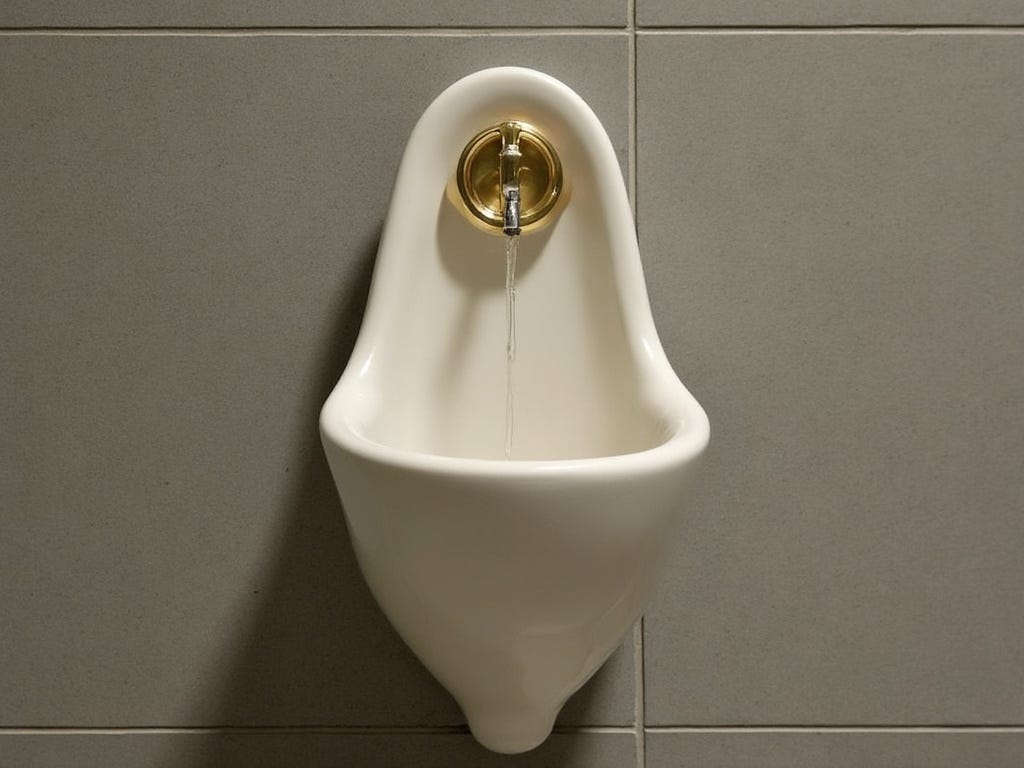
Ever wondered why what’s scandalous in one culture can be Sunday dinner conversation in another? Well, strap in, because we’re about to embark on a tour of the world’s moral codes, with all the shock, awe, and “you’ve got to be kidding me” moments included.
What’s a Moral Code, Anyway?
Imagine a rulebook, but instead of rules for a game, it’s for life. Moral codes are these invisible guidelines that shape what’s considered right or wrong in a society. They’re like the operating system for human behavior, often running in the background until someone, or something, goes against the grain.
The Major Players in Today’s Moral Game:
- Western Individualism: Here, it’s all about personal rights, freedoms, and justice. Think of it as the “you do you” approach, but with laws.
- Eastern Collectivism: Places like China or Japan often focus on harmony, balance, and the collective good. It’s less “me” and more “we.”
- Religious Codes: From the Ten Commandments of Christianity to Sharia in Islam, these codes come with a divine stamp of approval, influencing everything from diet to dress codes.
- Secular Humanism: No deity? No problem. Here, ethics are based on human reason, often focusing on human rights and scientific inquiry.
The Great Moral Divide:
The differences? Oh, they’re as varied as pizza toppings worldwide. While Western cultures might celebrate individual achievements, Eastern might commend community service. Religious codes might see certain acts as sins, whereas secular views might consider the harm or benefit to society.
Evolution of Morals:
Moral codes evolve like fashion but with less leopard print (usually). Slavery was once the norm, now it’s universally condemned. Women’s rights? From property to CEOs, the change has been monumental. Each era shakes up these codes, often after much ado or a revolution or two.
Shocking Practices That’ll Drop Your Jaw:
- Viking Blood Eagle: A method of execution so graphic, it makes modern horror films look like children’s cartoons.
- Medieval Trial by Ordeal: Think you’re innocent? Prove it by not dying when you’re thrown into a river or when carrying a red-hot iron.
- Ancient Child Sacrifices: In some cultures, this was seen as an offering for good fortune. Quite the contrast from modern baby showers, isn’t it?
When Morals Were on a Roller Coaster:
- The Renaissance: A time when art and science flourished, and moral codes started getting a bit more… flexible. Think of it as the era where humans started questioning everything.
- The 60s and 70s: Free love, civil rights, and questioning authority. Morals weren’t just fluid; they were in a blender set to high.
Art: The Mirror to Our Morals:
Art has always been where society reflects, challenges, and sometimes mocks its moral codes. From the risqué canvases of the Impressionists, challenging the prudish Victorian norms, to Banksy’s street art critiquing modern society, art doesn’t just hang on walls; it hangs our laundry out for all to see.

- Manet’s Olympia: Showed a real woman, not a goddess, in a provocative pose, causing quite the stir for suggesting… well, real women exist.

- Duchamp’s Fountain: A urinal as art? It questioned what art even is, much to the shock (and disgust) of many.

So, what’s the takeaway from our moral safari? Moral codes are as diverse as the species on our planet, and just as wild. They shape our worldviews, our laws, our art, and how we interact with each other.
Now, I’m curious — what’s the most shocking moral practice you’ve heard of? Or how has art in your world reflected or rebelled against the moral norms? Drop your thoughts below; let’s keep this conversation as lively as a medieval market!
Remember, in the grand narrative of human ethics, we’re all just trying to figure out where to place our next step without stepping on too many toes… or ancient customs.